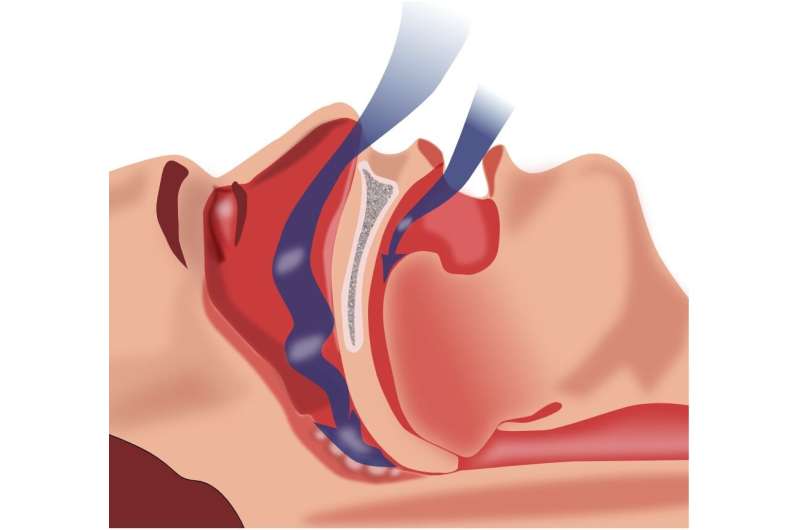Reducing Mold in Homes Could Save Millions in Healthcare Costs and Improve Public Health

Eliminating mold and dampness from homes could reduce healthcare costs by over A$100 million per million people, while improving health outcomes and addressing health disparities linked to housing conditions.
Housing quality significantly influences overall health, with conditions such as mold, dampness, and poor insulation contributing to a range of health problems. New research indicates that eliminating mold and dampness from Australian homes could substantially lower healthcare expenses—by an estimated A$117 million per million people—and enhance community well-being. The study, posted on medRxiv, suggests that targeted improvements in housing conditions can lead to a reduction in respiratory illnesses, cardiovascular issues, injuries, and mental health concerns. The research highlights that vulnerable populations, particularly those in lower-income brackets, are disproportionately affected by poor housing, accentuating societal health inequities.
Improving living environments not only reduces disease burden but also offers economic benefits, with potential savings in healthcare costs and increased income. Policies prioritizing healthy housing—such as better insulation, moisture control, and safer home designs—are essential for fostering healthier communities. Failing to address these issues risks perpetuating health disparities and escalating health system burdens.
The links between housing and health are well-established: poor conditions elevate risks for respiratory illnesses like asthma and allergies, increase blood pressure and metabolic diseases, and raise injury rates from structural hazards. Interventions such as retrofitting homes for better ventilation and safety measures have demonstrated significant health improvements, including fewer hospital admissions and better lung and heart health.
Moreover, housing location impacts exposure to air pollution and access to green spaces, influencing risks for obesity, diabetes, and cardiovascular disease. Addressing these environmental factors through comprehensive housing reforms and supportive policies is vital to ensuring equitable health outcomes.
In conclusion, investing in healthy, affordable, and safe housing is not merely a social issue but a crucial public health strategy. As evidence mounts on the profound impact of home environments on health, governments and stakeholders must recognize housing as a fundamental determinant of health, with reforms capable of delivering lasting health and economic benefits.
Stay Updated with Mia's Feed
Get the latest health & wellness insights delivered straight to your inbox.
Related Articles
Innovative Breathing Device Promises Improved Survival for Sleep Apnea Patients with Type 2 Diabetes
New research indicates that CPAP therapy may significantly improve survival rates in people with sleep apnea and type 2 diabetes, highlighting the importance of early diagnosis and treatment.
The Paradox of Aging: How Our Immune System's Defense Mechanism Accelerates Cell Death
New insights reveal how our immune system's rapid response proteins may inadvertently promote aging and inflammation, increasing disease risk. Learn how cellular protein assemblies influence longevity and health.
Innovative Tool Enhances Accuracy and Consistency in Vitamin D Testing
A new study introduces a practical tool to improve accuracy and harmonization in vitamin D testing, enhancing clinical decision-making and patient care.
Innovative Pancreatic Cancer Treatment Targets Newly Discovered Protein
Researchers develop a groundbreaking treatment targeting a newly identified protein in pancreatic cancer, showing promising results in preclinical studies to combat this deadly disease.



